BestReviews is reader-supported and may earn an affiliate commission. Details

Durable construction and high-quality optics make this great for a variety of activities and uses.
With features like multi-coated optics and BK-7 prism, this monocular provides clear and vivid images. Dry nitrogen sealed and rubber coated, this monocular can hold up to drops, water, and fog. Textured grip on handle makes this easy and comfortable to hold without slippage.
Larger than expected and may not fit comfortably in all pockets.

A great fit for camping, this streamlined, minimalist monocular is fantastic in harsh weather.
This monocular is built around a 25mm lens and features 8x magnification. Body is fully rubberized, and the interior is filled with nitrogen and sealed with o-rings to prevent fogging. Weighs less than 6 ounces.
Field of view isn't very large.

A model with good resolution and WiFi hotspot functionality.
Compact, lightweight, and affordable. Battery has enough power for 7 hours of continuous use. Includes built-in WiFi hotspot and 8GB of onboard memory for videos. Takes images in different colors.
Better for shorter-range viewing.

Compact, durable, and easy to grip, this is a great monocular for travel, birding, spectator sports, concerts, or enjoying scenery.
Wide-view lens lets you take in panoramic landscapes at a glance. Molded, nonslip grip cuts down on shakiness. Comes with case and neck strap. 6x magnification, 30 mm lens.
Two-hand focus adjustment. Some customers say they want more magnification.

An outstanding monocular in a very competitive marketplace. We doubt you would be disappointed.
Rugged exterior is waterproof, dustproof, fogproof, and shockproof. Excellent-quality optics, too. Owners give the company's customer service top marks.
Some users feel it's a bit bulky. Smartphone camera mount is of poor quality.

We recommend these products based on an intensive research process that's designed to cut through the noise and find the top products in this space. Guided by experts, we spend hours looking into the factors that matter, to bring you these selections.
Considered
Consulted
Researched



Buying guide for best monoculars
Binoculars are very popular, but good monoculars have a number of advantages, not the least of which is giving you the same optical power for less money.
Hundreds of monoculars are available from dozens of manufacturers, from models as small as your thumb to others a foot or more long. Monoculars come with a range of different functions and features, and technical terms that are specific to optical devices can sometimes cause confusion.

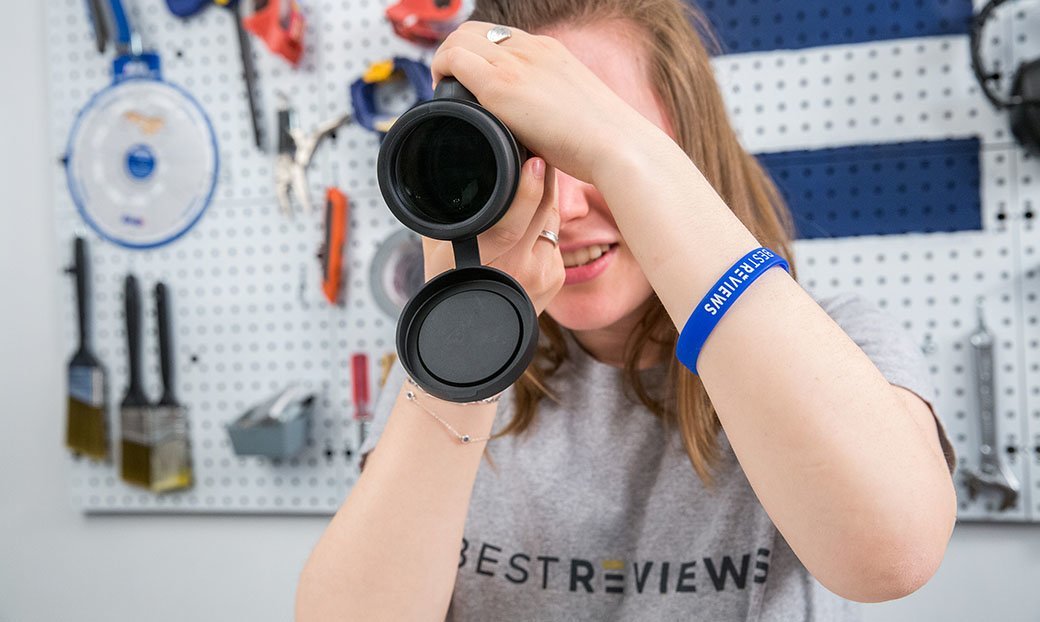
Why buy a monocular?
The most popular type of monocular is like half a pair of binoculars. It fits in a pocket, making it easy to carry around, and is simple to use. If you want to see something that’s far away but don’t want to carry binoculars around, a monocular is a great device.
There are certain features to consider when buying a monocular.
Monocular types
Specifications
Lens coatings
Other factors
Readers should note that spotting scopes and hunting scopes are also monoculars. However, they fall into another usage category, so they’re not covered.

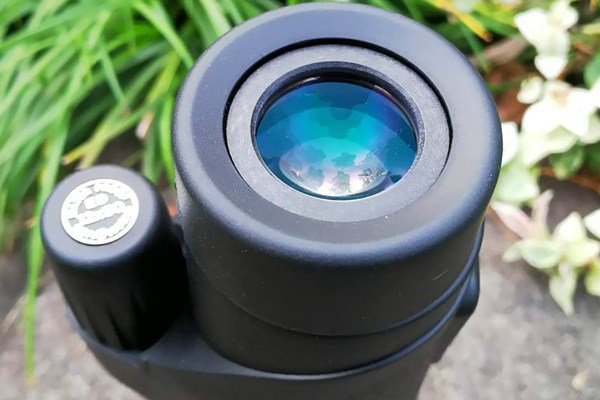



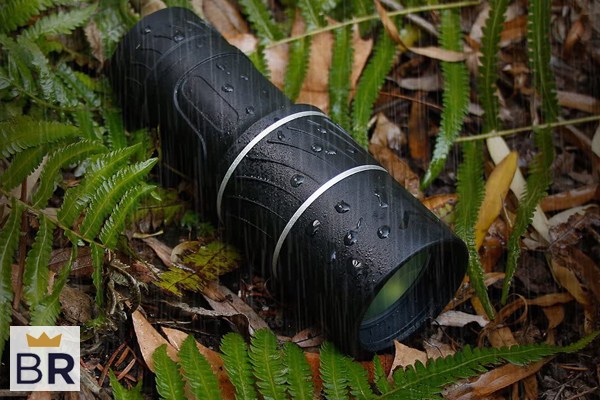

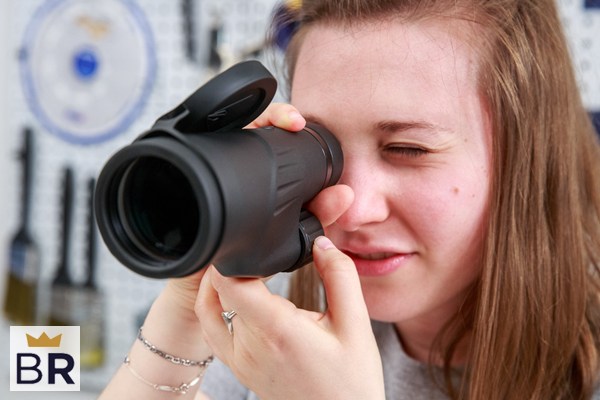



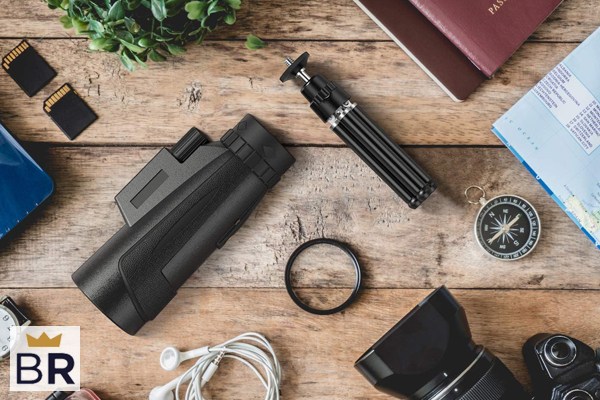









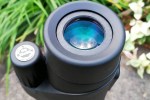

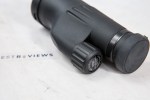







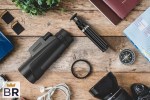







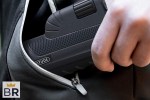
Monocular types
There are night vision monoculars and daytime monoculars. Night vision monoculars combine optics for magnification with electronics to capture and amplify minimal existing light, usually with infrared (IR). What you see is like looking at a black-and-white image through green glass. Some monoculars can capture stills for later download, and some have a camcorder attached.
Modern night vision monoculars offer remarkable detail in a relatively small package, but there are some drawbacks.
Additional electronics and batteries make them bulky.
While you can see for several hundred yards, magnification is usually only 3x to 6x.
Captured images are fairly low in resolution (video is 720p).
They are expensive.
Night vision monoculars make up something of a specialist market. As such, the rest of this shopping guide concentrates on popular daytime monoculars.

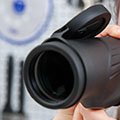
Specifications
There are several monocular specifications that are important when choosing one to buy. The first impulse of many people is to go big on magnification, but going for the greatest magnification is often not the best choice. You need to consider objective lens size and field of view, too.
Magnification
When you're choosing a monocular, you'll see two numbers in the specs – for example, 5x15 or 10x50. The first number is the magnification. In these two examples, that means what you see is five times normal size or ten times normal size.
Bear in mind that as magnification increases, the monocular gets bigger and heavier. It also becomes harder to hold the image steady. Our advice is to think about what you'll be viewing most often and choose your magnification accordingly.
Choose 5x for quick view, low detail, and short range.
Choose 8x to 10x for general-purpose viewing.
Choose 12x and above for long-distance viewing.
Field of view
Increasing the magnification reduces field of view (FOV), the area you see when looking through the device. If you want to examine the individual feathers on a bird 1,000 yards away, a wide FOV isn't important. If you want to scan an area for wildlife, FOV is important.
There’s no perfect answer as to FOV – it's a question of making the best compromise. Most manufacturers give FOV figures, usually stated as feet per 1,000 yards (240 feet/1,000 yards, for example).
Objective lens size
The second number in the two examples above (5x15 and 10x50) is the objective lens size in millimeters. The larger this number, the more light gets into the monocular, and the clearer the view.
Lens coatings
The coating of a monocular lens is a complex scientific process. Different manufacturers claim different benefits, making it more confusing. In essence, coatings are light filters. They improve image clarity and brightness by cutting out reflections and increasing the contrast. While multiple coatings don't necessarily mean better images – you need excellent optics in the first place – they are usually a mark of quality because the process requires great care.
There are several different descriptions for lens coatings.
Uncoated (rare; should be avoided)
Coated (one anti-reflective coating on one surface of both lenses)
Fully coated (one anti-reflective coating on all lens surfaces and on one side of the prism).
Multi-coated (several coatings on multiple surfaces; possibly only one on the exterior)
Fully multi-coated (FMC) (several coatings on all lens surfaces)
Coating Tint
Coatings also tint the lenses different colors. Uncoated lenses appear clear. Others appear ruby or blue-green.
A ruby coating cuts out red light. It’s intended to stop the "fringing" effect in which some images seem to have a multi-colored halo. It also makes focusing easier. The downside is that without red light, you only see green and blue, so you don't see the proper color of things. Experts we consulted would not recommend monoculars with ruby lenses for viewing birds or wildlife.
A blue-green coating also reduces relevant colors, but the effect is less dramatic. These lenses increase contrast. It isn’t a perfect solution if color fidelity is vital, but for most consumers, it isn’t a factor.


Other monocular factors to consider
The following features are worth investigating before you make your final purchasing decision.
Eye Relief
Also called the exit pupil, this is the distance your eye can be from the eyepiece (in millimeters) while still seeing the whole FOV. Most people hold the monocular against their eye or very close to it, so it doesn't have a major impact. If you wear glasses, you can't do that. Ideally, you should look for an eye relief length (exit pupil distance) of 14mm or greater.
Prism
All monoculars contain a prism. There are two types in common use: BAK7 and BAK4. There's nothing wrong with the former, but most experts consider BAK4 to be superior.
Close Focus
This is the minimum focal length, and it is often overlooked. It's worth bearing in mind that as magnification power increases, the ability to focus at short range decreases. Quality instruments of the kind discussed here focus at six or seven feet.
O-Rings
A good seal around the lenses reduces the chance that water or dirt will get inside the monocular.
Durability
These are precision instruments, but they need to be tough for use in the field. Keeping out water and dust is a big benefit and prevents damage to the interior of the device. Some kind of armor to make the monocular shock-proof helps protect it from everyday knocks.
Nitrogen
Some monoculars are filled with nitrogen to keep out hydrogen and oxygen, which can form condensation inside the device and cause rust. As long as the structural integrity of the device is intact, the nitrogen prevents internal fogging. Some cheap monoculars are not fog-proof. Internal fogging can be frustrating and might eventually cause damage. It's a question of balancing price against performance.
Eye Cups
Adjustable eye cups give added comfort.
One-Handed Focusing
Older monoculars required you to hold them with one hand and focus with the other. Newer designs have convenient, one-handed focusing.

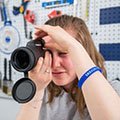
Monocular prices
Depending on quality and features, you can expect to pay anywhere from $10 to more than $150 for a monocular.
Inexpensive
You can buy a cheap monocular for $10 or $15, and why not? It’s a handy magnifier to keep in your bag or pocket. Neither the quality nor the optics may be great, but how many times have you been out and about and wished you could see something off in the distance? Here’s your answer.
Mid-Range
For quality optics and features covered in this review, you need to pay a bit more, but these devices are still remarkably affordable. We would happily recommend monoculars that cost $30 and up. You can pay more for so-called "tactical" or specialist models, but those would be expensive overkill for most of us.
Expensive
Night vision monoculars are different technology. Good entry-level models cost around $150, and it isn’t difficult to spend twice that.
Tips
Always put on the lens caps when your monocular is not in use. If you don't, dirt and dust could eventually damage the lenses, and they cannot be replaced.
Use a wrist or neck strap. Where possible, hold your monocular with a strap so you won’t accidentally drop it. A neck strap or lanyard is useful if you need to use both hands much of the time but want to reach your monocular quickly.
Follow manufacturer’s suggestions for cleaning. Some websites suggest using household detergents to clean your monocular. Others recommend camera-cleaning products. We recommend carefully following the manufacturer's instructions.
Don’t rinse or immerse your monocular. Never rinse your monocular under running water to clean it. Don't immerse it, either, even if it's waterproof.
Don’t clean the lens with your fingernail. When you're out in the field, it can be tempting to scratch dirt off the lens, but this could permanently damage your monocular.
Clean lenses with cotton pads or a soft cloth. Don't use paper towels, as the texture could scratch the lens coating.


FAQ
Q. What's the difference between a monocular and a telescope?
A. In some ways, they're different words for the same thing. Monocular literally means you use one eye, which pretty accurately describes the traditional telescope. What we call monoculars today are much smaller and lighter than the average telescope. Many monoculars fit in a pocket. Most telescopes need to sit on a tripod to be effective.
Q. Which is better, a monocular or binoculars?
A. It's a big question, and one not easily answered.
Binoculars are more popular, and there's a much greater range from which to choose. They're generally considered to be more comfortable if you're using them for long periods. You're using both eyes, so your depth perception is better. You also have a wider FOV.
Monoculars are easier to make, so you either get the same magnification at a lower price than binoculars, or you get considerably more magnification if you spend about the same amount of money. Monoculars are much more compact. Small night vision monoculars are favored by armed forces, though many of the less-expensive models are quite large. Some hunters prefer monoculars for spotting.
Q. Does it matter which eye I use?
A. You should use your dominant (stronger) eye. You should also close the other. If eye cups are not fitted, hold the monocular slightly away from your eye. If you rest your forefinger on your forehead and keep your arm against your side, you'll get a more stable view. Larger monoculars, particularly night vision models, can be held with two hands.
- Best AR Headsets
- Best YouTube Equipment for Beginners
- Best Microphone for YouTube
- Best Fitbits
- Best Drones
- Best Drone Landing Pads
- Best 8K HDMI Cables
- Best Battery Testers
- Best Outdoor TV Antennas
- Best Record Cleaning Supplies
- Early deals on tech you don’t want to miss during the Prime Early Access Sale
- Can't get enough 'House of the Dragon?' Explore these 'Game of Thrones'-themed books and devices
- Best electronics deals for Prime Day 2022
- New iOs and iPadOS versions will excite Apple lovers
- Best fog machine
- Is Dolby Vision worth it?
- Best budget weather station
- Here’s what you need to see the Moon and Saturn align on May 22
- Best action camera microphone attachment
- With Wyze security cameras trending for all the wrong reasons, here are seven alternatives
- Best USB-C hub adapter
- Best radar gun
- Best green screen
- Best garage door opener
- Our tech expert weighs in on the March 2022 Apple event
- Everything you need to get a podcast going
- Best Kensington docking station
- Best electronics for Halloween
- CES 2022: Tech reveals you need to know about
- Curious about VR? Here's what you need to know about the HTC VIVE Pro 2